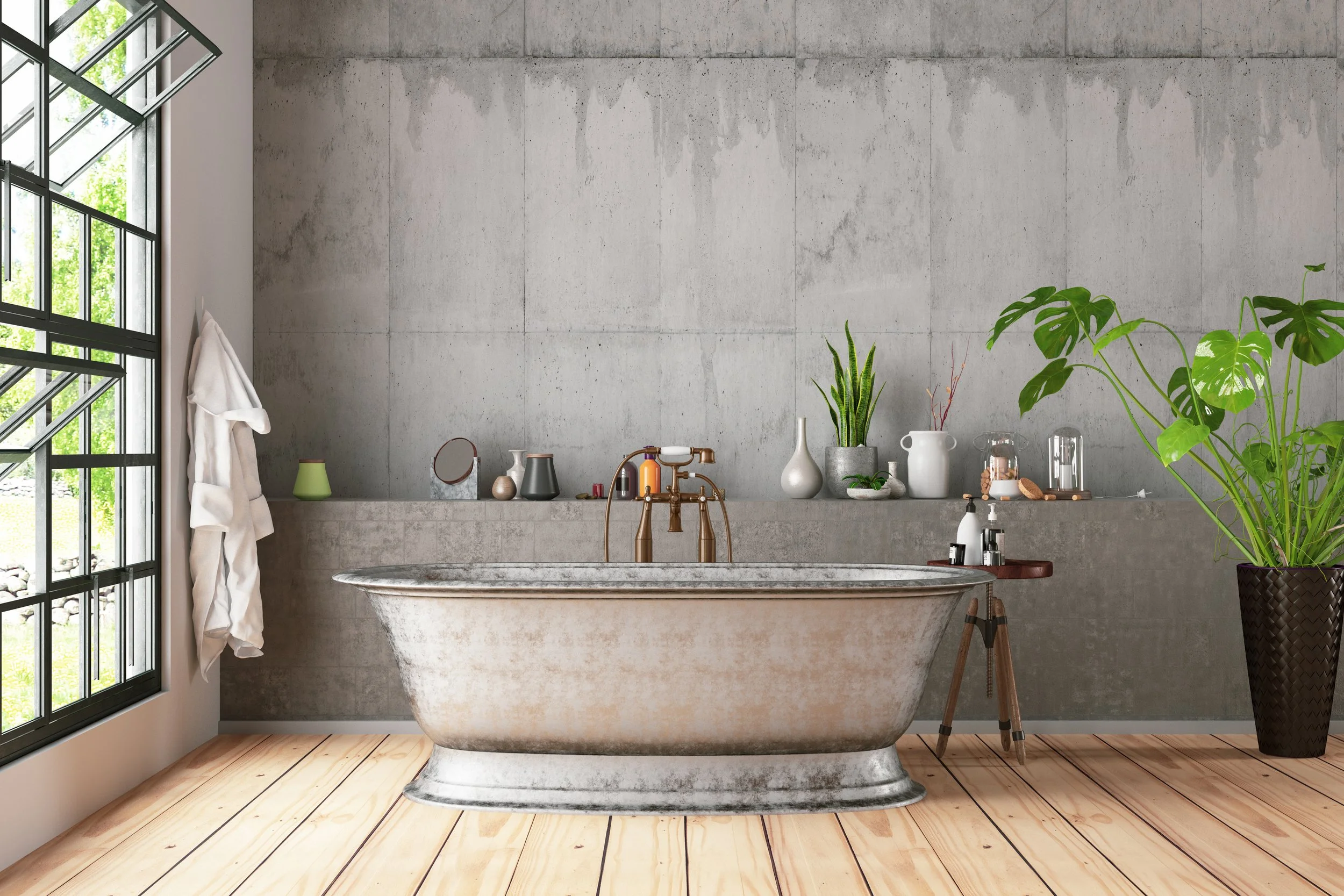Ah, spring. The time to deep clean and air out our homes — who doesn’t love to throw open the windows on those first warm days? Deep down, we all know the quality of inside air can have a big impact on our health. So let’s take some steps to keep this spring feeling by improving the year-round air quality in our homes. We hope you find this information helpful!
Prevention is worth a pound of cure. The first step to eliminating biological pollutants is to stop willingly bringing them in your home! Leave your shoes at the door and make your home a no smoking environment, even the e-cigarette variety. Swap out the harsh, chemical-laden cleaning supplies that give off irritating fumes (impacting your nose, mouth, lungs, and skin) with natural ones. Ditch the air fresheners. And make sure your HVAC system routinely has clean HEPA filters installed. You may even consider ultraviolet irradiation, which can help to prevent mold and mildew build-up within your system.
Ventilation
That exhaust fan above your gas stove does more than remove cooking smells — it removes carbon monoxide, carbon dioxide, nitrogen dioxide, and water vapor that is created from cooking with this appliance even when correctly tuned. Does your flame pop or flicker with colors of yellow or orange? This is a sign of incomplete combustion, resulting in the release of extra carbon monoxide. Clean the burner and if it persists, have it checked by a professional. Just like smoke detectors, carbon monoxide detectors are crucial and should be tested frequently and replaced every 7 - 10 years.
Bathroom fans keep moisture (and smells) at bay. Besides spurring mold growth, excessive moisture can lead to peeling paint and wallpaper and even contribute to warped doors and rusted fixtures. Is yours wired to the shower light?
Working on a craft or home improvement project with glue or paints? Be sure to do so in a well-ventilated area, opening a window or door let harmful fumes escape.
Make it a weekly habitat. Dusting, vacuuming, mopping floors and washing bed/bath linens. Dust may feel like a harmless annoyance, but within those particles are dust mites that feed off the dead skin cells we shed every day — especially while sleeping. It is the dust mites, allergists say, that cause approximately 30 percent of the population to suffer from one or more allergic disorders. Want a reason to wash those sheets? Check out this article! And don’t forget your pets. Frequent bathing to remove dander and particles they bring in on their fur is important, even if they don’t sleep in your bed.
Clear the clutter. The stack of magazines, papers on your desk, shelves of knick-knacks or clothes in your closet. When dust gathers on the surfaces or shoulders, it just may be time to purge.
Keeping indoor plants is an effective way to reduce pollutants and beautify your home. Plants help to purify the air by absorbing contaminants and releasing oxygen, increasing humidity and reducing dust levels. Highly effective at removing a variety of pollutants from the air are: English ivy, Philodendron, Dracaena, Boston Fern, Bamboo Palm, Peace Lilies, Snake and Spider plants.

